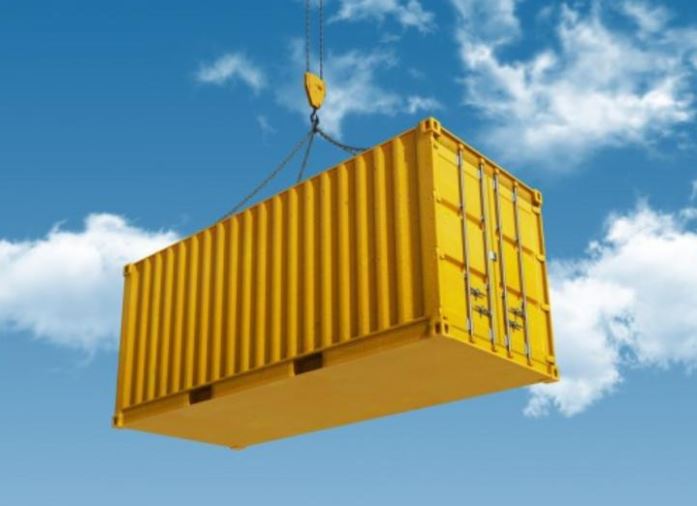Microsoft previews new Azure Container Instance service on Linux

Microsoft is adding another new Azure service to its roster -- one that will enable users to create and deploy containers without having to hassle with managing underlying virtual machines.

This new service -- Azure Container Instances (ACIs) -- is available in public preview for Linux containers as of today, July 26. Windows container support will be added "in the coming weeks," officials said.
See also
An ACI is a single container "that starts in seconds and is billed by the second," Microsoft execs said. Users will be able to select the exact amount of memory and exact count of vCPUs, so that they won't be billed longer than required or use more storage than needed.
ACIs are not orchestrators like Docker or Kubernetes; they will work with them.
Microsoft is releasing an open source ACI Connector for Kubernetes today that enables Kubernetes clusters to deploy to ACIs. The connector will give users the best of both worlds, Microsoft execs said, by allowing them to utilize both VMs and container instances simultaneously in the same K8s cluster. In these kinds of scenarios, ACIs can be used for fast bursting and scaling, while VMs can be used for more predictable scaling, and workloads can migrate back and forth between the two infrastructure models, Microsoft execs said.
Microsoft already has an Azure Container Service (ACS) offering. ACS is a container hosting environment that clusters virtual machines into a container service. While ACS itself is free, users need to pay for the VMs, associated storage, and networking resources consumed.
Update (July 31): A couple of points of clarification, via answers to a couple of questions I posed to a Microsoft spokesperson.
First, on the differences between ACS and ACI: "With ACI there is no underlying architecture, no VM management, no orchestrator. ACI targets fast scaling, bursting, unpredictable workloads (billing is done per second). Whereas if a customer wants an orchestration layer to take advantage of the packaging and managing of containers, they would turn to ACS. Since ACS is tied to VMs, more predictable, longer lasting workloads would benefit pricing wise with ACS."
And secondly, just in case it's not totally clear, ACI doesn't mean there are no VMs involved in hosting containers. "There are VMs underneath, but we run them and customer containers cannot see or access them," the spokesperson confirmed.